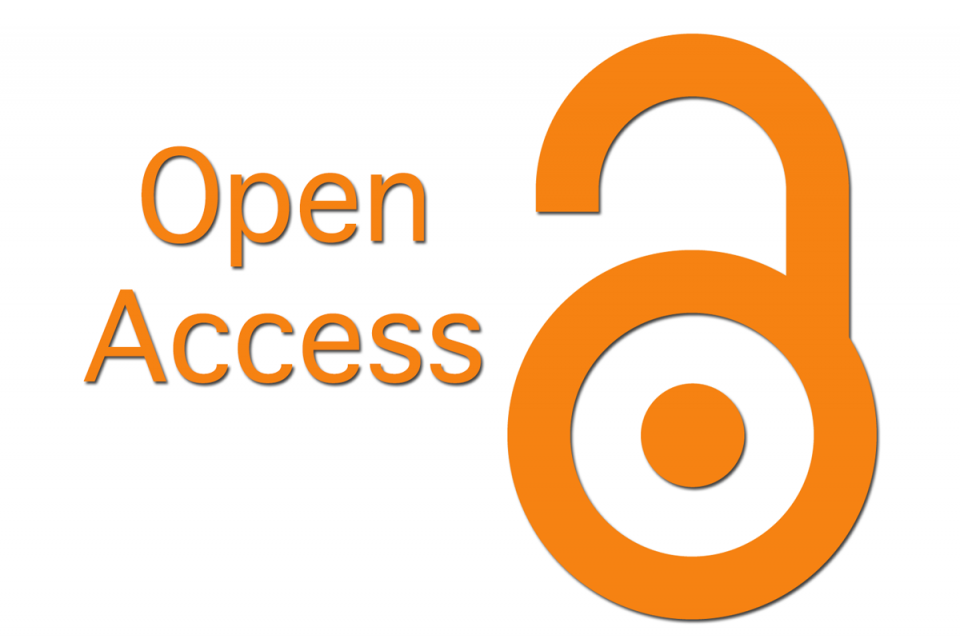Post tetanic facilitation of TcMEP neuromonitoring with partial Neuromuscular Blockade and Total Intravenous Anesthesia (Propofol - Dexmedetomidine) in Adolescent Idiopathic Scoliosis Surgery
DOI:
https://doi.org/10.48047/cr6ee524Keywords:
transcranial motor evoked potentials – spine surgery monitoring - partial neuromuscular blockade- posttetanic facilitation.Abstract
Background: Adolescent idiopathic scoliosis (AIS) is a common spinal deformity characterized by threedimensional spinal curvature, affecting primarily adolescents between the ages of 10 and 18. While the exact etiology remains unclear, the condition can progress to significant spinal deformity, necessitating surgical intervention. Surgical correction of spinal deformity poses a risk of neurological injury, emphasizing the importance of intraoperative neurophysiological monitoring (IONM) to safeguard against potential complications.
Downloads
References
Biscevic, Mirza, Aida Sehic, and Ferid Krupic. 2020. “Intraoperative Neuromonitoring in Spine Deformity Surgery: Modalities, Advantages, Limitations, Medicolegal Issues–Surgeons’ Views.” EFORT Open Reviews 5(1):9–16. Buhl, Lauren K., Andres Brenes Bastos, Richard J. Pollard, Jeffrey E. Arle, George P. Thomas, Yinchen Song, and M. Dustin Boone. 2021. “Neurophysiologic Intraoperative Monitoring for Spine Surgery: A Practical Guide from Past to Present.” Journal of Intensive Care Medicine 36(11):1237–49.
Downloads
Published
Issue
Section
License

This work is licensed under a Creative Commons Attribution 4.0 International License.
You are free to:
- Share — copy and redistribute the material in any medium or format for any purpose, even commercially.
- Adapt — remix, transform, and build upon the material for any purpose, even commercially.
- The licensor cannot revoke these freedoms as long as you follow the license terms.
Under the following terms:
- Attribution — You must give appropriate credit , provide a link to the license, and indicate if changes were made . You may do so in any reasonable manner, but not in any way that suggests the licensor endorses you or your use.
- No additional restrictions — You may not apply legal terms or technological measures that legally restrict others from doing anything the license permits.
Notices:
You do not have to comply with the license for elements of the material in the public domain or where your use is permitted by an applicable exception or limitation .
No warranties are given. The license may not give you all of the permissions necessary for your intended use. For example, other rights such as publicity, privacy, or moral rights may limit how you use the material.








